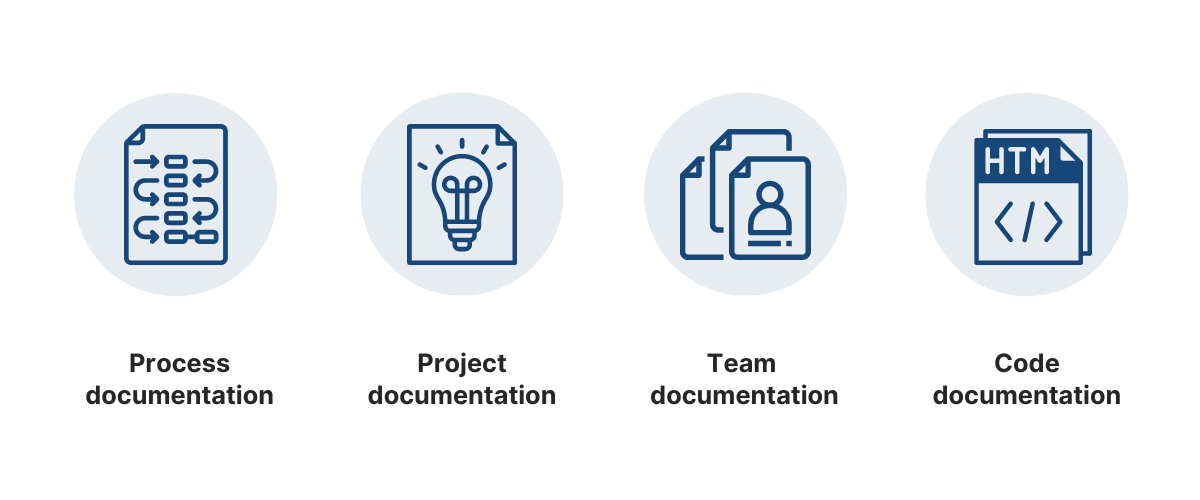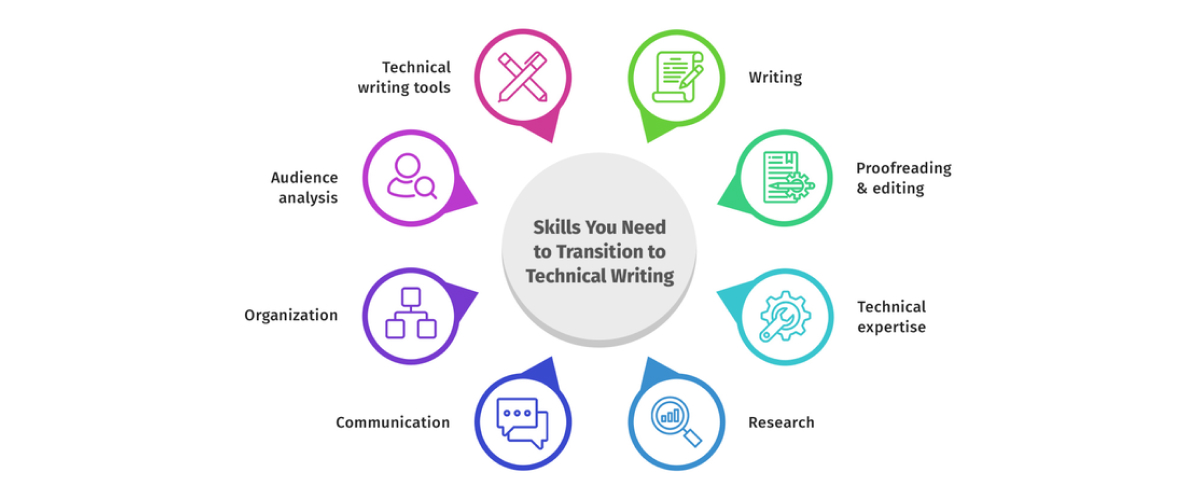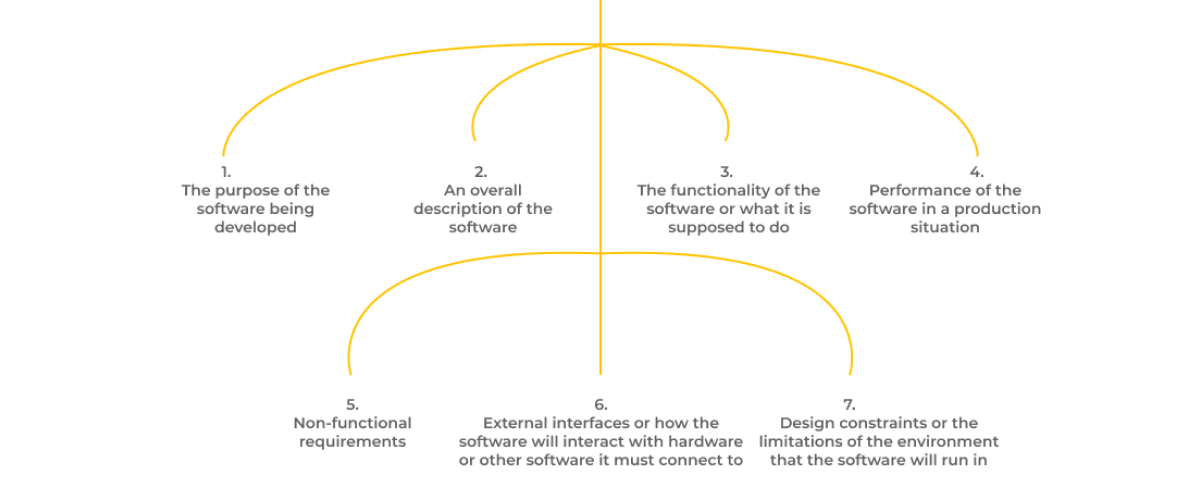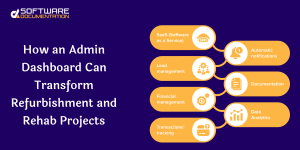Introduction
Creating useful and literate software documents can improve the usability of the software for developers and for the final consumer. Documentation also plays an important role and that is why its implementation is effective, because its purpose is to freely explain to the users what they need to do so that they can easily perform their work using the developed software. Regardless of whether the document is an API reference, user or technical manual, following an effective process is a central factor in achieving clarity and accuracy of the work.
Here we will explain how to write proper software documentation in terms of the proper format in detail. We will also discuss techniques, templates, and steps to implement to ensure that the documentation is equally valid for technical and non-technical viewers.
Why Is Software Documentation Important?
Software documentation plays a vital role in the development and deployment process by:
- Facilitating Communication: Facilitates the link between the developers, the users and other stakeholders.
- Enhancing Usability: Enables users to learn on how they can handle the specific software with ease.
- Supporting Maintenance: Is used as a means of seeking support, and adding new layers of complexity when necessary.
- Streamlining Onboarding: They help to reduce the steep learning curve that is normally associated with the new team members and the resulting newcomers.

Types of Software Documentation
This article shows that the classification of the documentation is useful when one needs to produce a material to address specific types of needs. Here are the primary categories:
1. User Documentation
- User Manuals: Procedure-based tutorials of the various tools in the software.
- FAQs: Answers to common questions.
- Quick Start Guides: Orders of operations to begin with.
2. Technical Documentation
- API Documentation: Instructions regarding how best to use features in the software to get the best results.
- System Design Docs: Introduces the reader to how the system has been set up and designed.
- Code Documentation: Interface Remarks and Tech Tips for the developers.
3. Process Documentation
- Requirements Documentation: Outlines the functional and non-functional requirements of the product.
- Testing Documentation: Pertains to test cases/ sample test plans, as well as sample result outputs.
- Deployment Guides: Describes how to run and set up the software.
Steps to Write Software Documentation
Follow these structured steps to create comprehensive and effective software documentation:
Step 1: Define the purpose and the audience
- Identify the Purpose: Is the documentation for the end-users, developers or a stakeholder?
- Understand the Audience: Choose the vocabulary, the general and the specific tone and the level of difficulty according to the addressee.
Step 2: Gather Information
- Collaborate with Teams: Don’t wait to receive this data from other people. Instead, collaborate with developers, project managers, and other professionals to obtain all the necessary information.
- Use Existing Resources: Use previous code, design or feedback, as a source.
Step 3: Create an Outline
- Structure the Content: Make the structure of your writing coherent and follow a structure of title with subheadings and bullet points wherever possible.
- Include Key Sections: Include an introduction, elaborations, illustrations, and conclusion.
Step 4: Write the Content
- Be Clear and Concise: Do not use big words and keep all the information concise and brief.
- Incorporate Visuals: Use figures and tables to make the content more understandable and easy to grasp.
- Use Consistent Formatting: Standardize the use of font, style and templates in the company.
Step 5: Review and Edit
- Proofread: Look for Grammatical errors, spelling mistakes and other formatting mistakes.
- Seek Feedback: User or team members can go through the documentation.
- Revise: Engage the public to get more accurate information that will also be more useful.
Step 6: Publish and Update
- Distribute: Ensure that the people who are in a position to read the document get hold of it.
- Maintain: This should be updated with time in order to capture some of the changes in the software.

Best Practices for Writing Software Documentation
1. Use Plain Language
- It’s best to steer clear of the use of jargon which, however, is permissible if they are unavoidable.
- When writing, the author should ensure that the information they’re putting out is easy to understand by people who may not be very familiar with computers.
2. Organize Content Logically
- Insert a lengthy document if your document is very lengthy.
- Order sections based on the user flow on the page or application with the content you plan to design.
3. Use Visuals and Examples
- Try to make textual descriptions as clear as possible and support important points with screenshots or drawings, flow charts, and pieces of code.
- Use examples to explain the concepts in practice in order to enhance the concept clarity.
4. Focus on Accessibility
- Areas of the documentation should be easy to find and searchable.
- One preferred format is PDF or HTML pages that are accessible on different devices.
5. Keep It Up-to-Date
- Thus, you should set specific review cycles to guarantee object relevance in the learning process.
- Upload Your Documents to the Site and Use Version Control.
6. Encourage Collaboration
- Ensure that all the team members have participated in development of these documents and also look at them sometimes.
- Organize methods for collecting feedback and additions from other persons in the team.
Tools for Software Documentation
1. Documentation Writing Tools
- Confluence: For collaborative technical writing.
- Notion: Combines note-taking and documentation capabilities.
2. API Documentation Tools
- Swagger: Automatically generates API documentation.
- Postman: Useful for testing and documenting APIs.
3. Visual Aids Tools
- Lucidchart: Great for creating diagrams and workflows.
- Draw.io: Free tool for flowchart and diagram creation.
4. Version Control Tools
- GitHub: Tracks changes and allows collaboration.
- Bitbucket: Offers version control with added team features.
5. Markdown Editors
- Typora: Simplifies Markdown-based documentation.
- Obsidian: Ideal for linking and organizing complex documentation.
Common Challenges in Software Documentation
1. Balancing Detail and Simplicity
- Solution: End use examples and visuals to make things easier: I think that learning and explaining should not be very complicated and hard to understand therefore one should end up with examples and visuals to make things easier.
2. Keeping It Updated
- Solution: Indeed, incorporate updates into the software development life cycle.
3. Engaging Stakeholders
- Solution: Engage the users and the team members in the course of developing the documentation.
4. Ensuring Accessibility
- Solution: Apply straightforward to use forms and tool types.
Conclusion
The general notion of good software documentation to be a subset of writing proficiency that would prove to dramatically improve the usability, sustainability and maintainability of software is something worth exploring extensively. It means that by following a structured approach and using the right tools, one can create documentation that will be really useful to developers, users and other stakeholders. Another advantage is frequent updates as well as cooperation which guarantees that your documentation stays informative and useful.
FAQs
1. What is the purpose of software documentation?
Software documentation contains information which is intended to instruct, reference and guide the developers, users, and any stakeholders who require information on the operation of the software program.
2. How do you write effective software documentation?
Follow structured steps: create and describe the audience, research for the data, develop a structure, write concisely, and utilize images, revise and edit, and revisit the material frequently.
3. What tools can I use for software documentation?
Customers may find Confluence, Swagger, Postman, Lucidchart, and GitHub helpful for developing, storing, and distributing software documentation.
4. Why is updating documentation important?
When changes are made on the software or during some future date, then ensure documentation accuracy, relevance, and usability.
5. How do visuals improve documentation?
So you can take diagrams, screenshots, and flowcharts when using textual and graphical information to reinforce your understanding of certain points.



